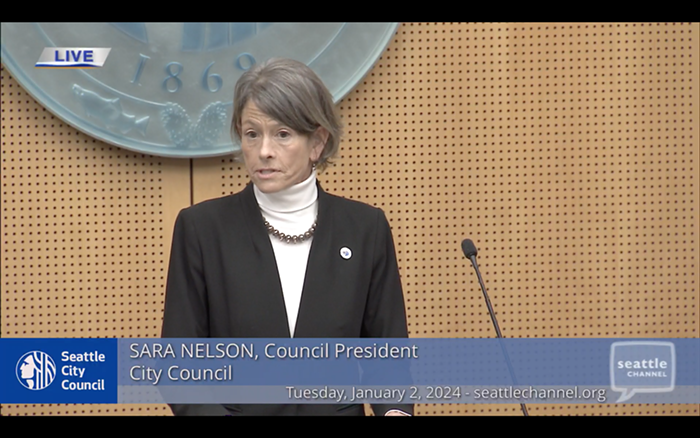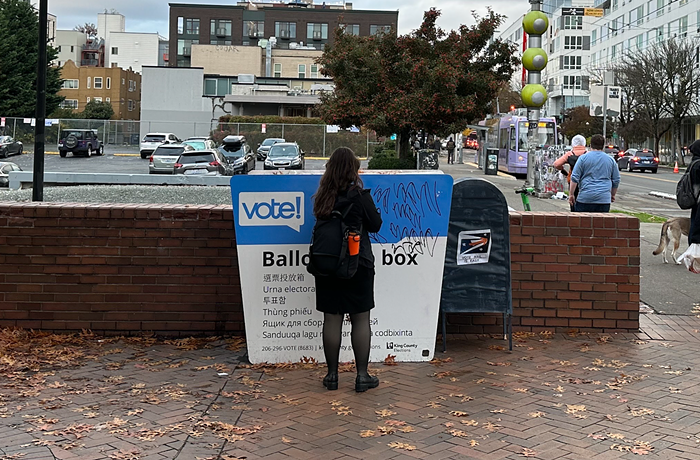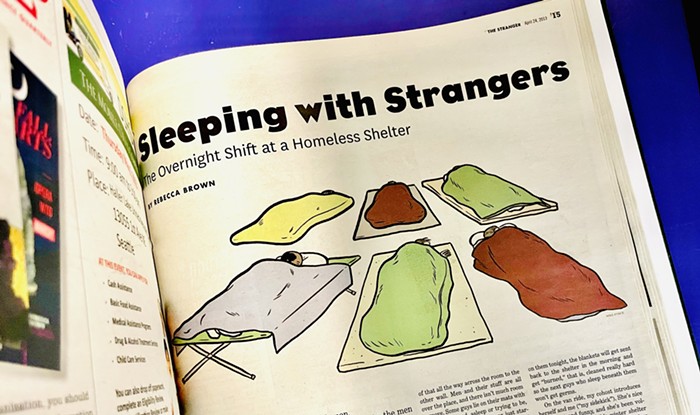
Well well well, it looks like the gossip out of Yakima yesterday proved to be true.
In a press conference on Thursday, Governor Inslee announced that the whole state will move onto Phase 3 of the "Healthy Washington Roadmap to Recovery" reopening plan on March 22.
The elusive and heretofore unenumerated details of that phase include reopening all "indoor spaces" at 50% capacity, allowing up to "400 people maximum for indoor/outdoor activities as long as physical distancing and masking are enforced," and reopening all outdoor events facilities (read: stadiums) at 25% capacity, though "spectator capacity for high school / youth sports" will be able to expand capacity on March 18.
Though the state rolled out a new region-based reopening system only a few months ago, the new phase of this plan reverts back to the old county-based system.
Inslee basically explained that political considerations drove the change, and health officials signed off on it.
"The regional approach had some virtues in that it was medically sound, in that we tried to develop a plan that was consistent with the medical catchment areas, but we did find it created a lot of envy if one county was moving forward and another was not within those regions," he said.
"We thought this was a better way that would have more public acceptance," Inslee added.
Nick Streuli in the Governor's office said the decision was influenced "in part" by feedback from local politicians, who thought it'd be "helpful for the morale of the community" to return to the county system.
Starting on April 12, the Washington Department of Health will evaluate case counts and hospitalization numbers in each county every three weeks to determine whether any counties should move forward or backward in the phases.
Rather than requiring counties to meet three criteria before moving forward (or four, as was initially the case), they'll only need to meet two. WA deputy secretary for COVID Response Lacey Fehrenbach explained that change by saying "we're in a very different place than we were in January."
The DOH will move back counties with populations over 50,000 if they fail to keep two-week case count averages below 200 per 100,000 people and/or if they fail to keep one-week hospitalizations averages below 5 per 100,000 people. Counties with populations below 50,000 will use different indicators.


That said, the DOH reserves the right to move counties back whenever "at their discretion," and the agency highlighted the fact that the whole state will move back to Phase 1 if "at any point the statewide ICU capacity reaches greater than 90%."
Here's where the state is at as a whole:

Inslee also bumped up the date for moving on to the next tier in the vaccine rollout. People in 1B Tier 2 can now start scheduling the jab on March 17. People eligible for that tier include agricultural workers, fishers, food processors, grocers, transit workers, cops and other first responders, as well as people 16 and older who are pregnant or who have a disability that puts them at risk.
About 18% of the state has had one dose of the vaccine, and about 10% have had two doses.

The news came shortly after Public Health Seattle & King County (PHSKC) announced the discovery of a new SARS-CoV-2 variant in King County.
The P.1 variant, which was first identified in Brazil, "could complicate our efforts to fight the pandemic and contribute to a potentially severe fourth wave of infections," PHSKC staff wrote in Public Health Insider.
They continue:
The P.1 strain contains a number of mutations, including ones that seem to make it less vulnerable to our bodies’ immune response. Our understanding of how good the variant strain is at evading our defenses is still evolving; in parts of Brazil it has raised concerns that previously infected people could be more easily reinfected by the P.1 variant. There is reason to think vaccines may be less effective against this strain, but there have also been more encouraging signs in recent research on the vaccines’ efficacy.
'If we let down our guard, these variant strains will make us pay,' said Jeff Duchin, Health Officer, Public Health – Seattle & King County. 'The upside is that we can take steps to limit the damage. The same precautions that have helped us drive down case counts in the past can also protect us from the variants, as long as we are diligent.'
So, in closing, I'll just add the following bit of caution: Just because you can do something, doesn't mean you should. And continue to wear your mask all the time, especially indoors and outdoors around people.



















